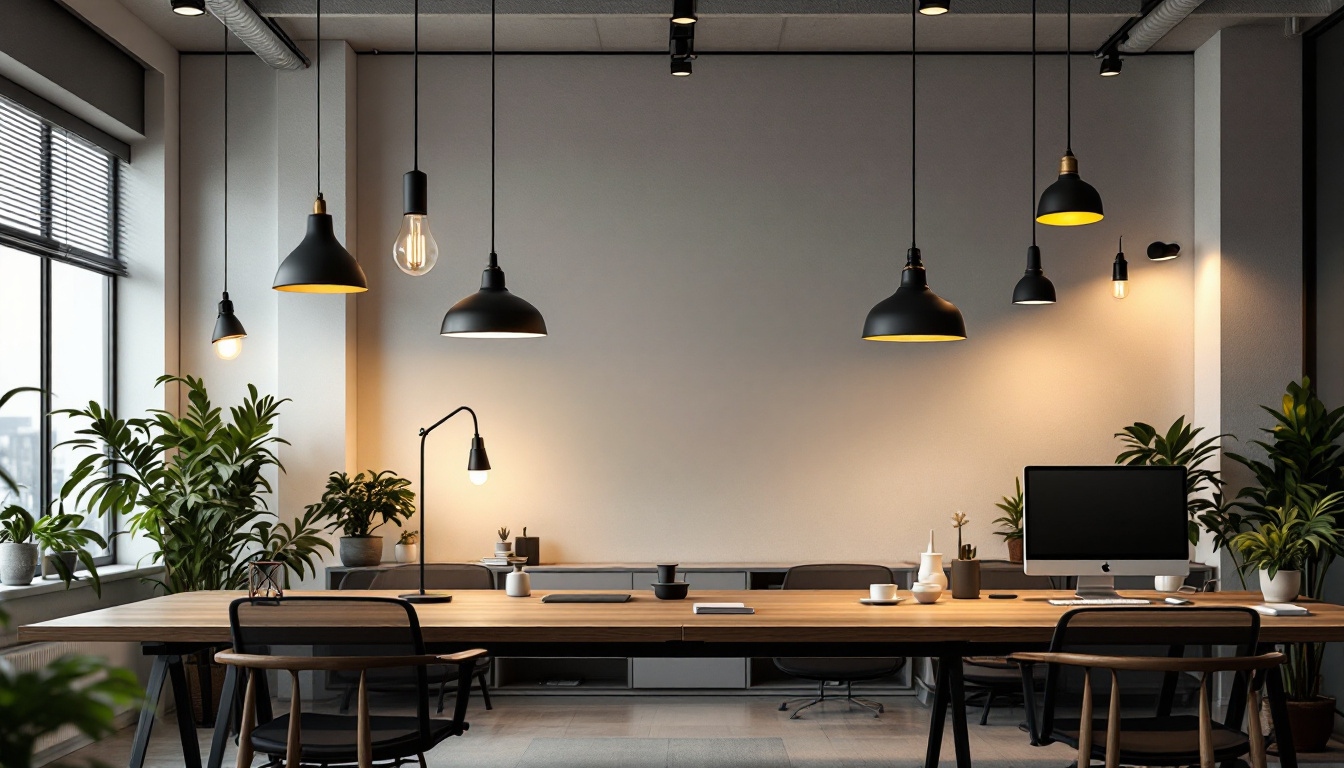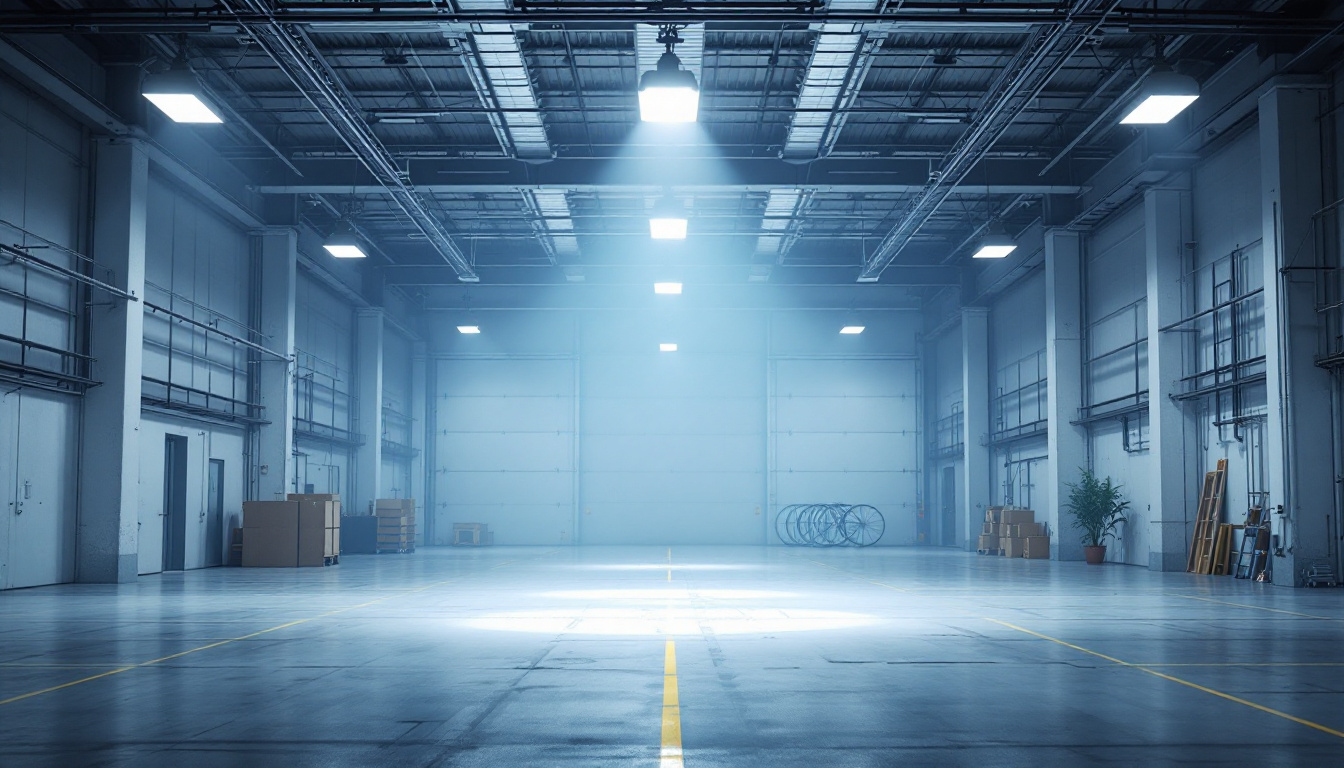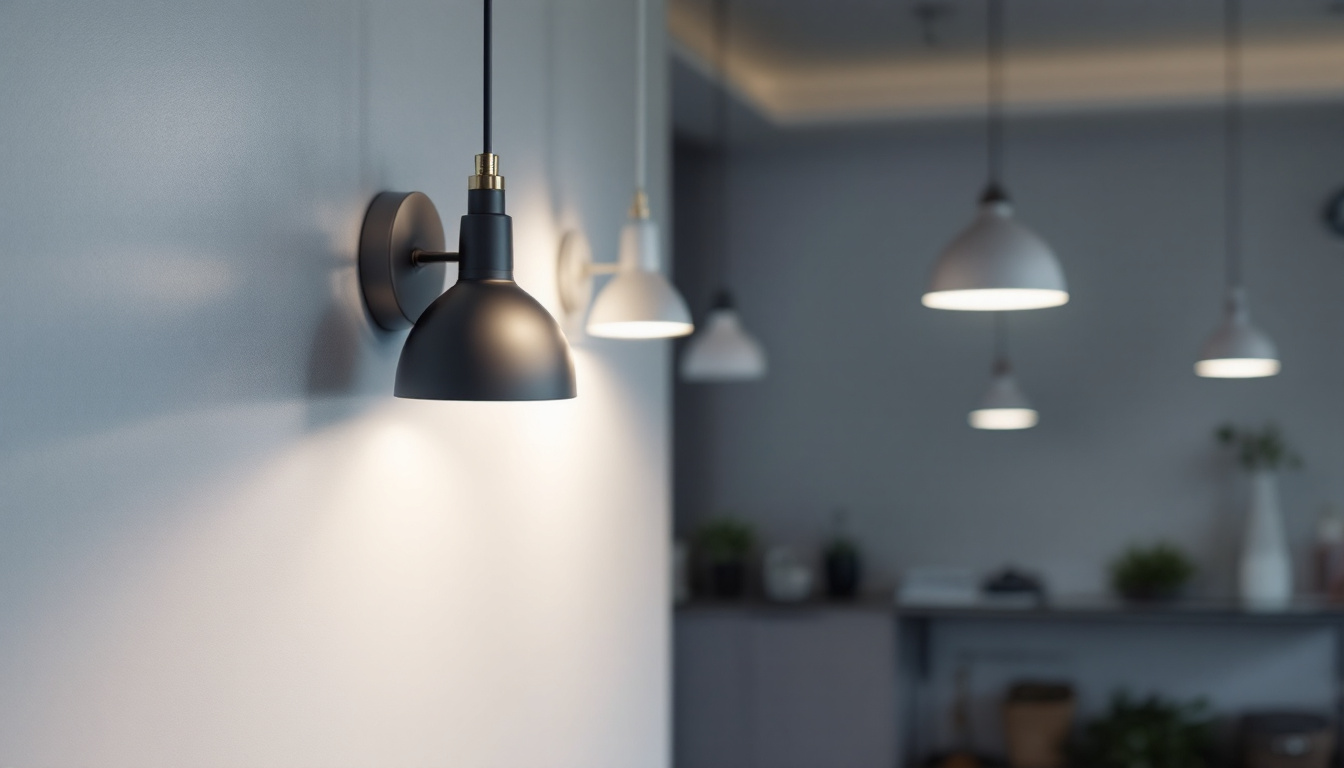
Choosing the right lighting fixtures for office spaces is a critical decision that can significantly affect productivity, employee well-being, and energy efficiency. Lighting contractors often face the challenge of balancing aesthetics, functionality, and cost-effectiveness when recommending solutions to their clients. This article will explore various office lighting fixtures, their alternatives, and what lighting contractors should consider when making their choices.
Before diving into specific fixtures and alternatives, it is essential to understand the unique lighting needs of office environments. Different areas within an office may require varying lighting solutions based on their function and design.
Offices can range from open-plan layouts to private cubicles, conference rooms, and break areas. Each space has its own lighting requirements. For instance, open areas benefit from uniform lighting to reduce shadows, while conference rooms may require adjustable lighting for presentations. Additionally, collaborative spaces, which are becoming increasingly popular, often need a blend of ambient and task lighting to facilitate teamwork while ensuring comfort. The integration of smart lighting systems can also enhance these environments by allowing for dynamic adjustments based on the time of day or specific activities.
Research shows that proper lighting can enhance mood and productivity. Natural light is often preferred, but when that is not feasible, selecting the right artificial lighting becomes crucial. Lighting contractors should consider fixtures that mimic natural light and reduce eye strain, such as LED options with adjustable color temperatures. Furthermore, studies indicate that the color and intensity of office lighting can significantly affect cognitive function and overall employee satisfaction. Warm white lighting can create a cozy atmosphere, ideal for break areas, while cooler tones may be better suited for workstations where focus and concentration are paramount. Incorporating elements like task lighting at individual desks can also empower employees to customize their work environments, further promoting well-being and efficiency.
Several types of lighting fixtures are commonly used in office settings. Each has its advantages and disadvantages, which lighting contractors should weigh carefully.
Fluorescent lights have been a staple in office lighting for decades. They are energy-efficient and provide a broad spectrum of light. However, they can produce a harsh glare and flicker, which may lead to discomfort for employees.
While fluorescent lighting is cost-effective, its longevity and maintenance requirements should also be considered. Replacing bulbs can be a hassle, especially in hard-to-reach areas. Contractors should evaluate whether the benefits outweigh the potential downsides for their specific projects. Additionally, the environmental impact of fluorescent bulbs, which contain small amounts of mercury, necessitates careful disposal and recycling practices. This adds another layer of responsibility for businesses aiming to maintain sustainable operations.
LED lighting has gained popularity due to its energy efficiency and versatility. These fixtures come in various designs, including recessed, pendant, and surface-mounted options. LEDs also offer adjustable color temperatures, allowing for customization based on the time of day or specific tasks.
Moreover, LED lights have a longer lifespan compared to traditional fluorescent bulbs, reducing maintenance costs over time. They also produce less heat, contributing to a more comfortable office environment. However, the initial investment in LED technology may be higher, which contractors should discuss with clients. The long-term savings on energy bills and reduced frequency of replacements can make LEDs a more economical choice in the long run. Furthermore, the ability to integrate LED lighting with daylight sensors can optimize natural light usage, enhancing the overall aesthetic and mood of the workspace.
As technology advances, smart lighting solutions are becoming increasingly popular in office environments. These systems allow for automation and remote control, enabling users to adjust lighting based on occupancy or time of day. Smart lighting can enhance energy efficiency and provide a tailored experience for employees.
While the benefits are clear, contractors must consider the complexity of installation and the potential need for ongoing maintenance. Additionally, clients may have varying levels of comfort with technology, which could influence their willingness to adopt smart solutions. The integration of smart lighting with other building management systems can create a cohesive environment that maximizes comfort and productivity. For instance, linking lighting with heating and cooling systems can ensure that energy is not wasted when spaces are unoccupied. Furthermore, the ability to monitor and analyze lighting usage data can empower businesses to make informed decisions about their energy consumption and overall office design, fostering a more sustainable workplace culture.
In addition to standard office lighting fixtures, contractors should also explore alternative lighting solutions that can enhance the overall office environment.
Maximizing natural light is one of the most effective ways to improve office lighting. Skylights, large windows, and open layouts can bring in sunlight, reducing the reliance on artificial lighting. However, this approach may not be feasible in all office designs.
When natural light is limited, contractors can consider using light tubes or solar tubes that channel sunlight into interior spaces. These solutions can brighten up darker areas without the need for extensive renovations. Furthermore, integrating reflective surfaces such as mirrors or light-colored walls can help amplify the effects of natural light, making spaces feel larger and more inviting. The psychological benefits of natural light are well-documented; it can boost mood and energy levels, contributing to a more vibrant workplace culture.
Task lighting involves using focused light sources to illuminate specific work areas. Desk lamps, under-cabinet lighting, and adjustable wall sconces can provide additional light where needed, reducing eye strain and enhancing productivity.
lighting contractors should discuss the importance of task lighting with clients, as it allows for personalization and can be adjusted based on individual preferences. This flexibility can lead to a more comfortable and efficient workspace. Moreover, incorporating smart lighting solutions that can be controlled via mobile apps or voice commands can further enhance the user experience. Such technology allows employees to customize their lighting based on the time of day or specific tasks, fostering an environment that adapts to their needs.
Accent lighting can add an aesthetic dimension to office spaces. It can highlight artwork, architectural features, or branding elements, creating a visually appealing environment. While not a primary lighting source, accent lighting can enhance the overall atmosphere of an office.
Contractors should consider how accent lighting can be integrated into their designs, ensuring it complements the overall lighting scheme without overwhelming the space. Utilizing LED strip lights or spotlights can create dramatic effects, drawing attention to focal points in the office. Additionally, the use of color-changing LEDs can allow for dynamic environments that can shift based on the mood of the team or the nature of the work being done. This adaptability not only serves a functional purpose but also contributes to a creative and inspiring workspace that reflects the company’s identity.
When recommending lighting solutions, contractors must evaluate several factors to ensure they meet the needs of their clients effectively.
Energy efficiency is a top priority for many businesses, not only for cost savings but also for sustainability. Lighting contractors should be well-versed in the energy ratings of different fixtures and help clients choose options that minimize energy consumption.
LED lights are generally the most energy-efficient choice, but contractors should also consider the long-term savings associated with reduced maintenance and replacement costs. Discussing the total cost of ownership with clients can help them make informed decisions.
Budget constraints are a reality for many businesses. Contractors must balance the initial investment with the long-term benefits of different lighting solutions. While LED fixtures may have a higher upfront cost, their longevity and energy savings can make them a more economical choice over time.
Contractors should provide clients with a range of options that fit various budgets, ensuring they understand the trade-offs associated with each choice. Transparent communication about costs can help build trust and lead to better outcomes.
Lighting contractors must also be aware of local building codes and regulations related to office lighting. Compliance with these standards is crucial to avoid potential legal issues and ensure the safety of employees.
Staying informed about energy efficiency standards, safety regulations, and accessibility guidelines will help contractors provide solutions that meet all necessary requirements, ultimately benefiting both the contractor and the client.
The landscape of office lighting is continually evolving, and staying ahead of trends can give contractors a competitive edge. Understanding emerging technologies and design philosophies can help contractors provide innovative solutions to their clients.
Human-centric lighting focuses on creating environments that support the well-being of occupants. This approach considers the biological effects of light on human health, emphasizing the importance of circadian rhythms.
Contractors should explore lighting solutions that can adjust throughout the day to mimic natural light patterns, promoting alertness during working hours and relaxation after hours. This trend is gaining traction as businesses recognize the link between employee well-being and productivity.
Biophilic design integrates natural elements into the built environment, fostering a connection to nature. This approach can include the use of natural materials, plants, and, importantly, natural light. Lighting contractors should consider how their designs can incorporate biophilic principles to create more inviting and inspiring office spaces.
By aligning lighting solutions with biophilic design, contractors can help clients create environments that enhance creativity and reduce stress, ultimately leading to a more engaged workforce.
Choosing the right office lighting fixtures is a multifaceted decision that requires careful consideration of various factors. Lighting contractors play a pivotal role in guiding clients toward solutions that enhance productivity, employee well-being, and energy efficiency. By understanding the unique needs of office spaces, exploring both traditional and alternative lighting options, and staying informed about industry trends, contractors can provide valuable insights and recommendations.
Ultimately, the goal is to create well-lit environments that support the diverse activities within an office while also aligning with the client’s budget and regulatory requirements. As the world of office lighting continues to evolve, staying adaptable and informed will ensure that lighting contractors remain at the forefront of their industry.
Ready to elevate your lighting solutions and outshine the competition? Choose LumenWholesale for your next office lighting project. We provide contractors with exceptional, spec-grade lighting products at wholesale prices that defy the market. Our commitment to quality and affordability ensures that you can deliver on both performance and budget, without ever compromising on style or functionality. With free shipping on bulk orders, LumenWholesale is your go-to source for premium lighting fixtures that meet the highest industry standards. Discover wholesale lighting at the best value today and light up your workspace with confidence.

Discover expert tips and exclusive deals on ceiling fans tailored for lighting contractors.

Discover how the High Bay LED Light Calculator can revolutionize your approach to energy-efficient lighting.

Discover expert insights and practical tips in our comprehensive guide on interior garage lighting.

Discover the significance of 4 ft fluorescent lights for lighting contractors.